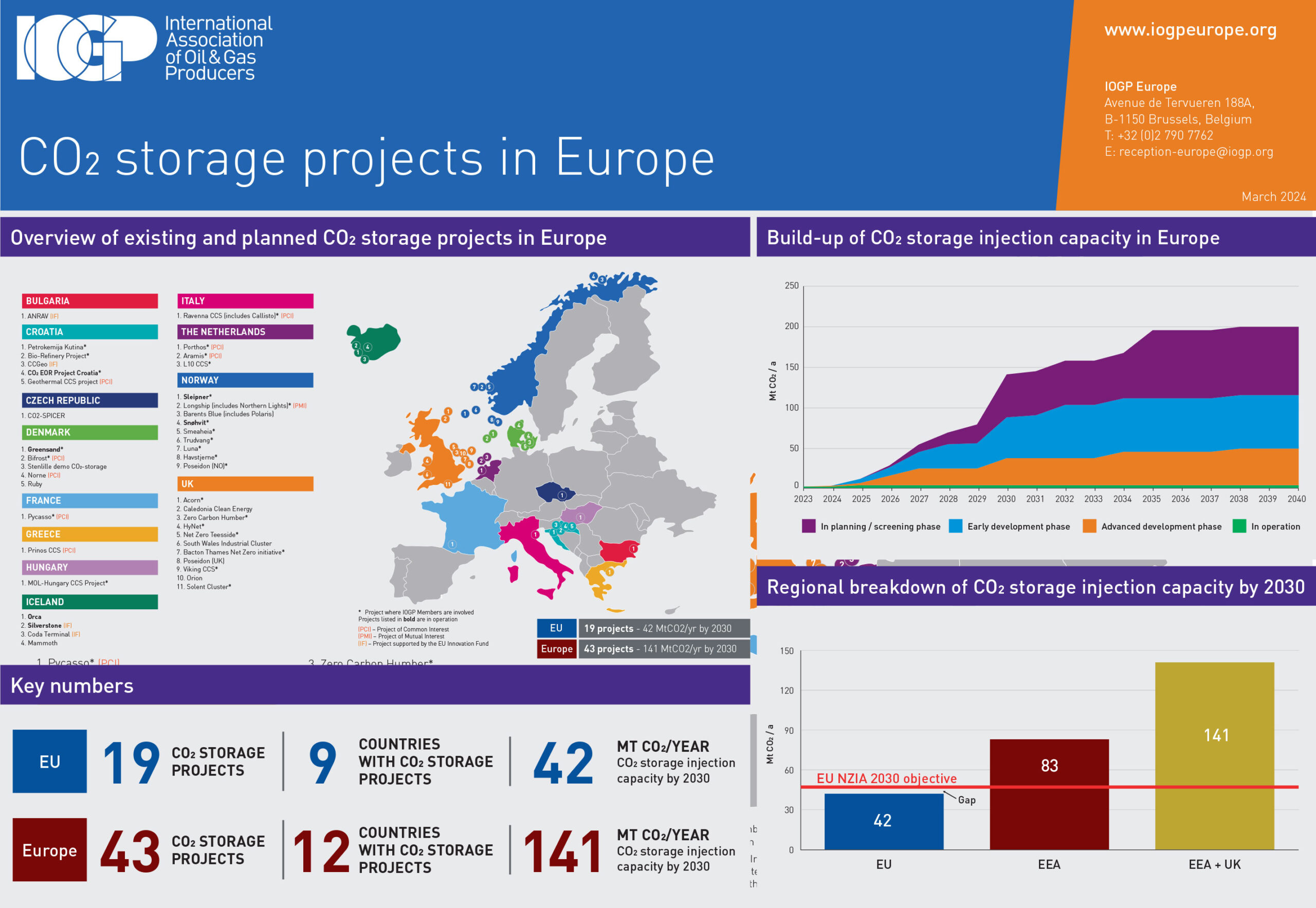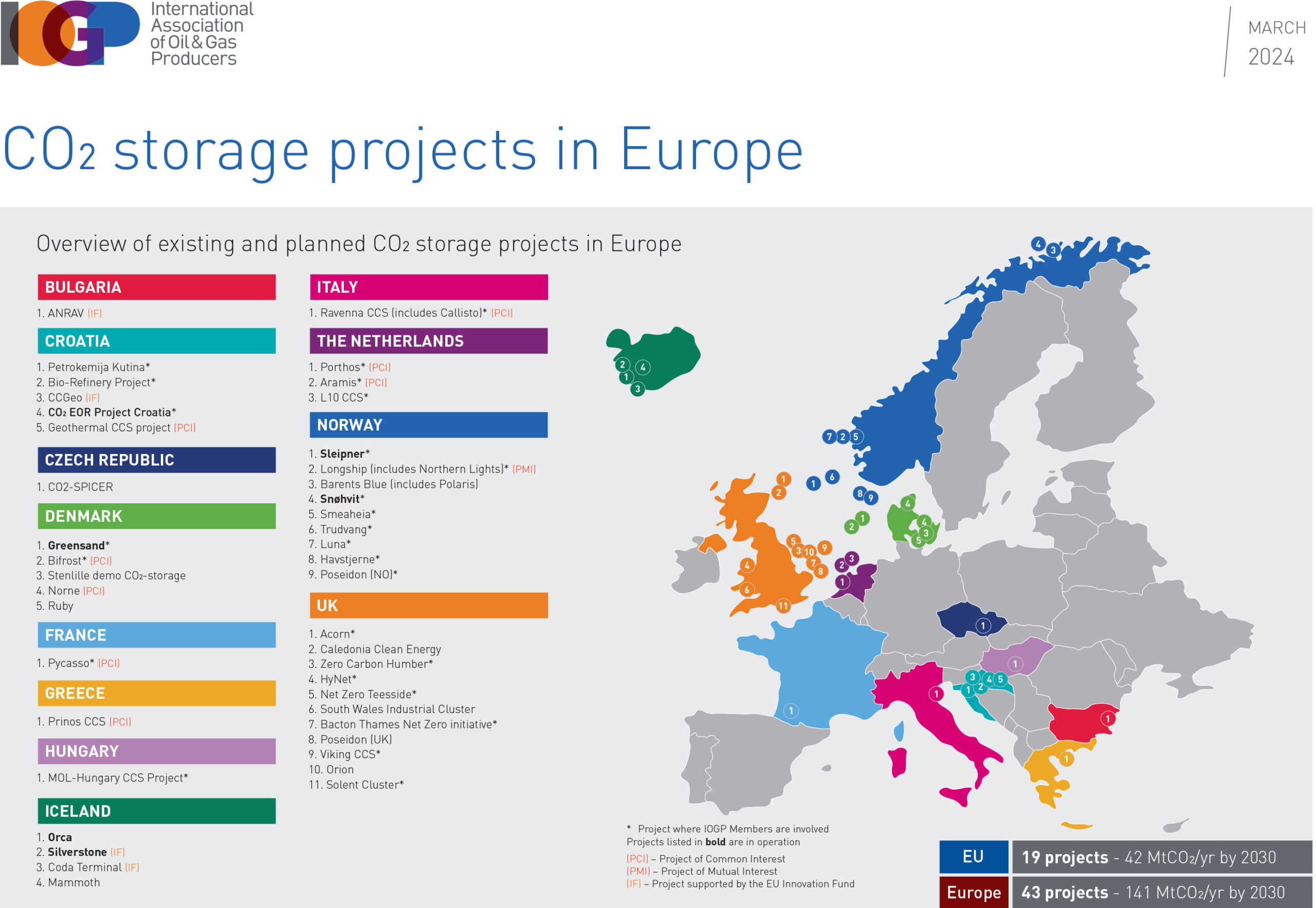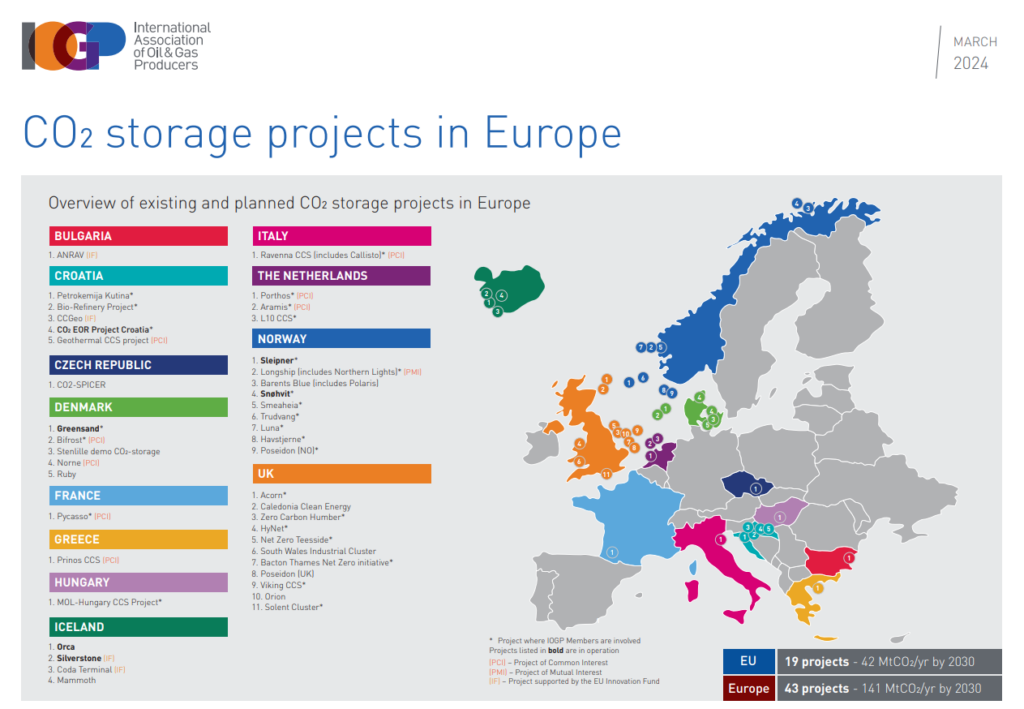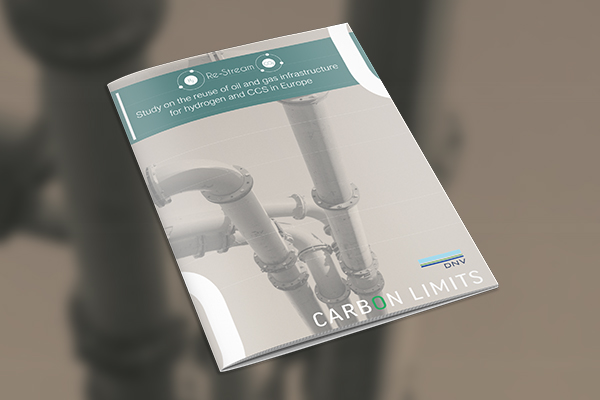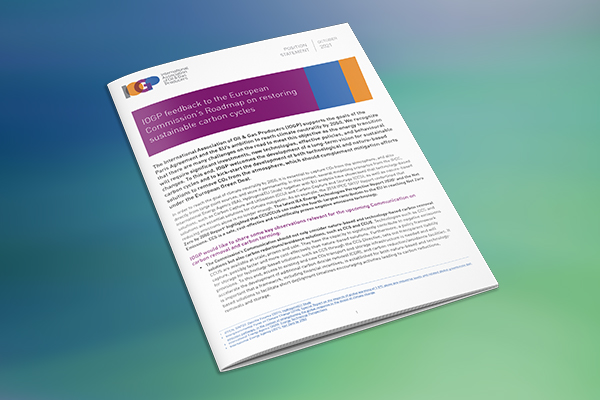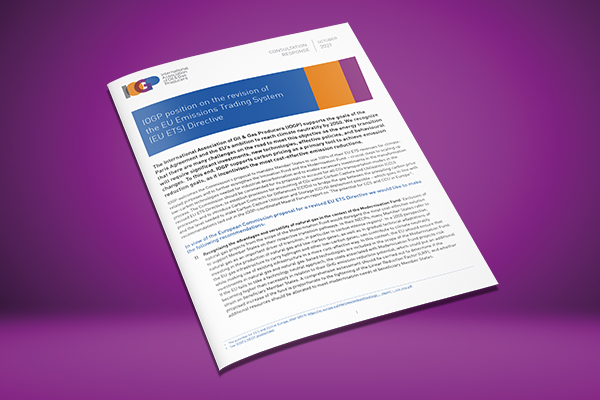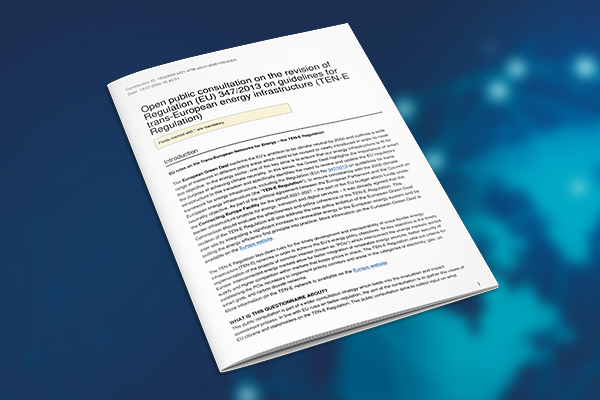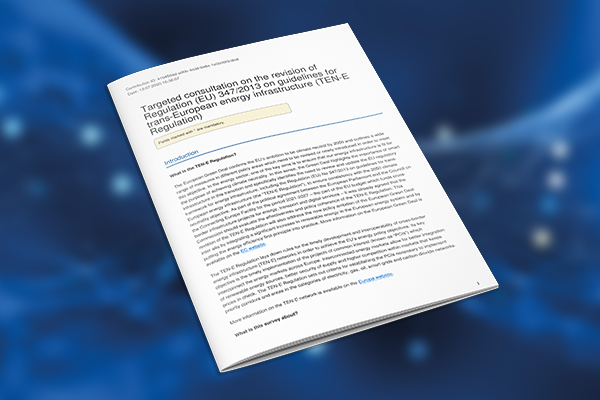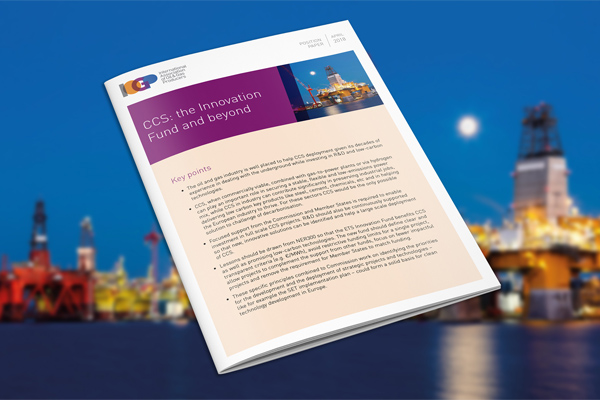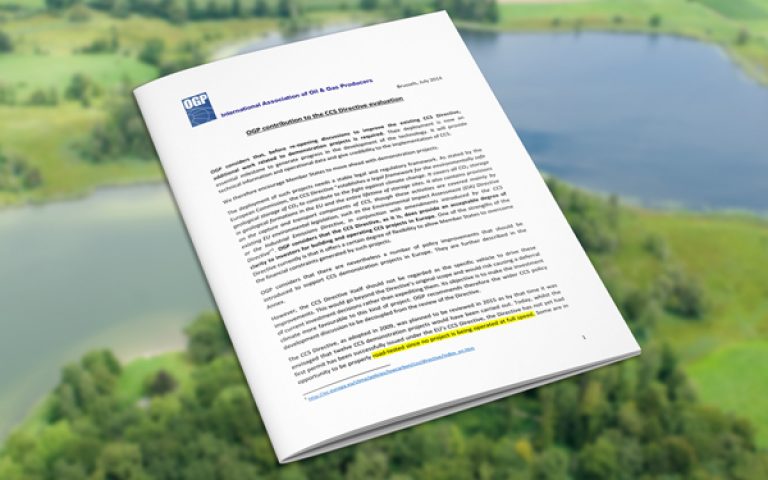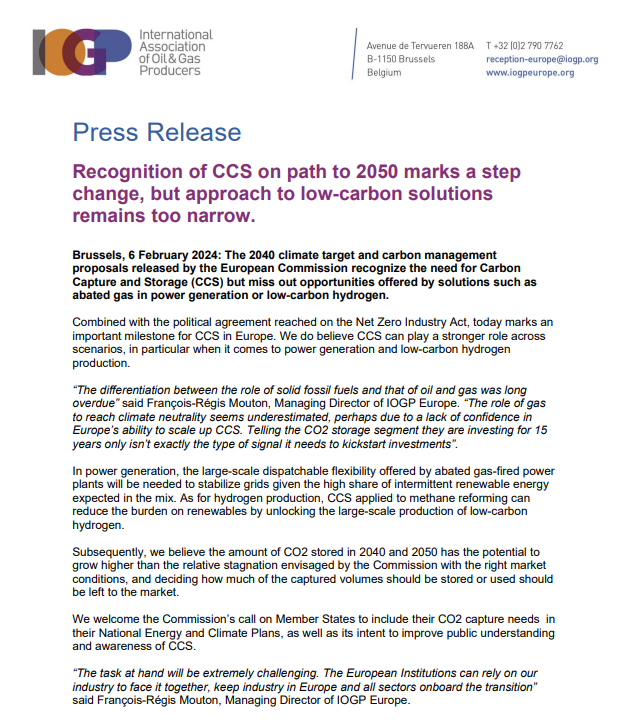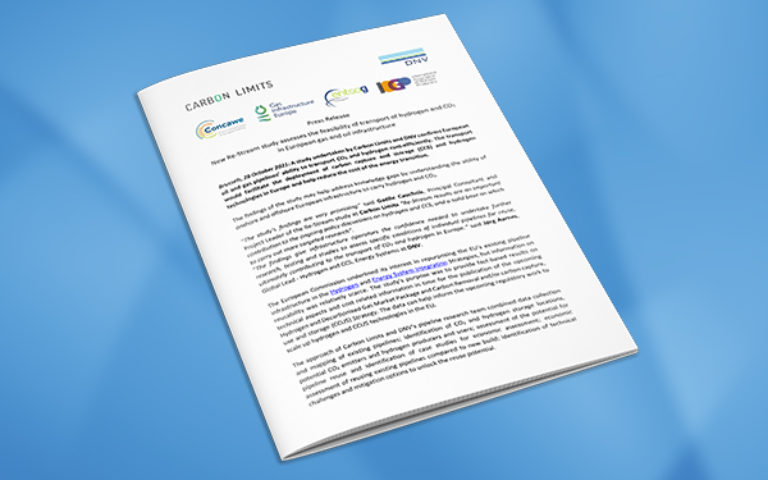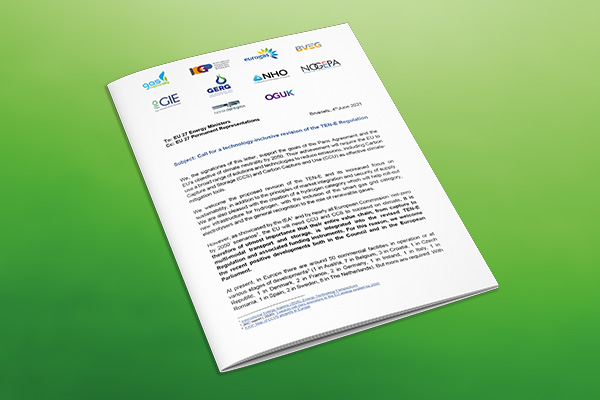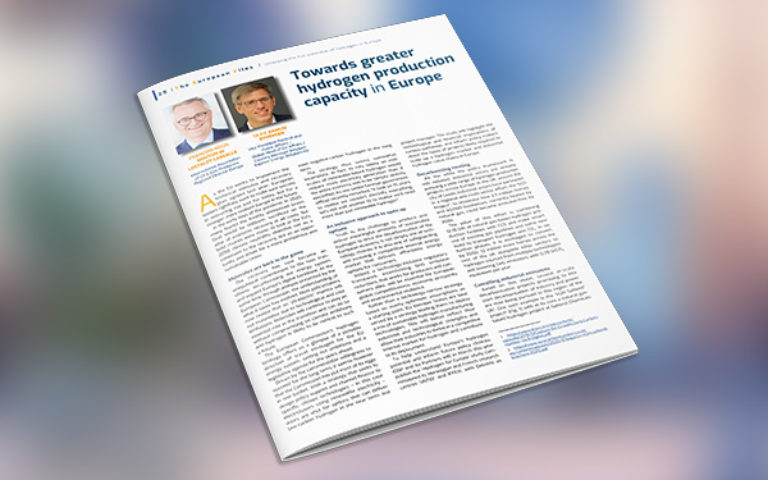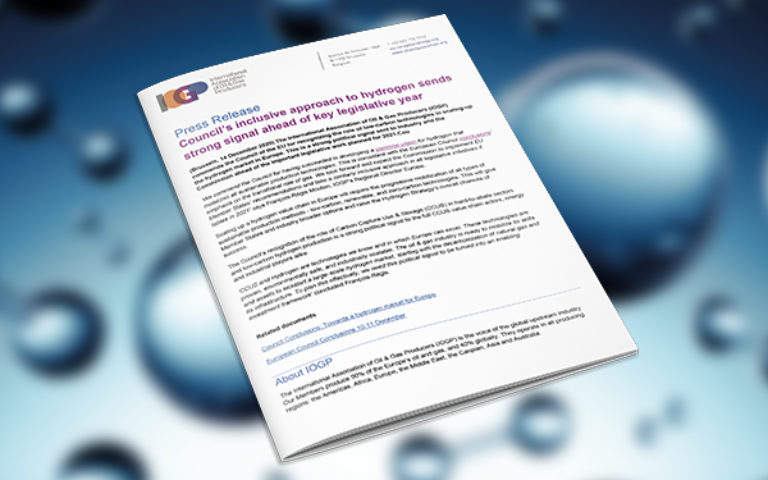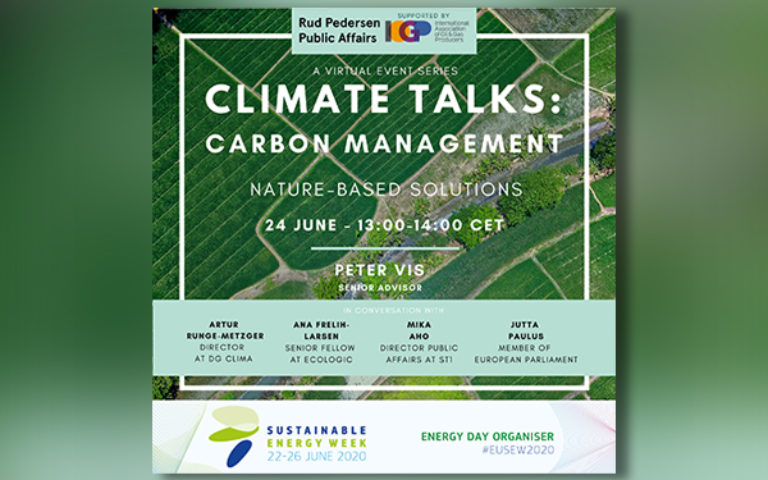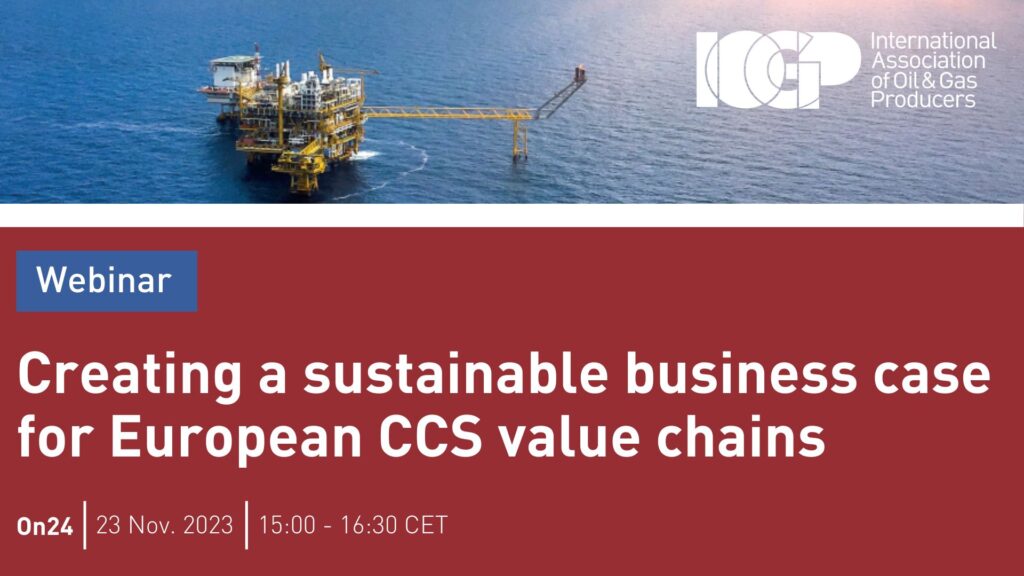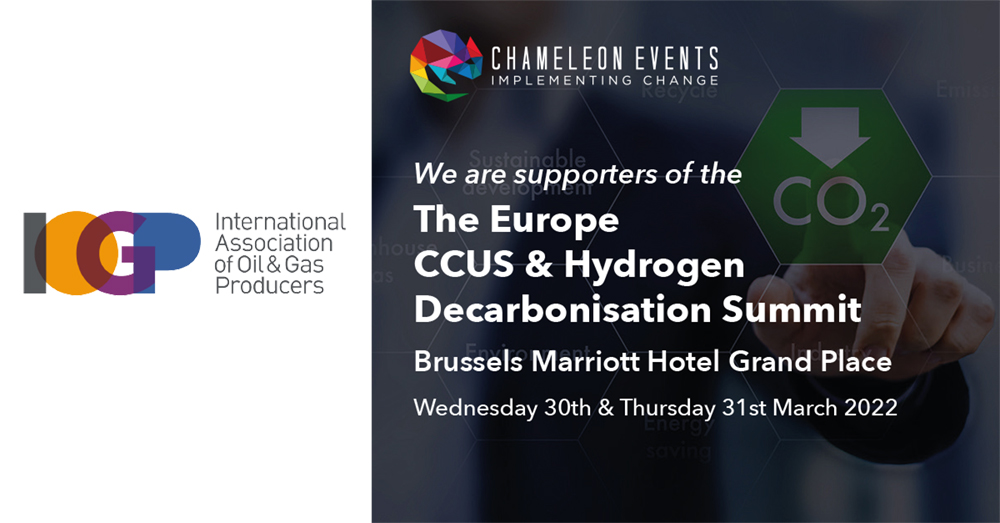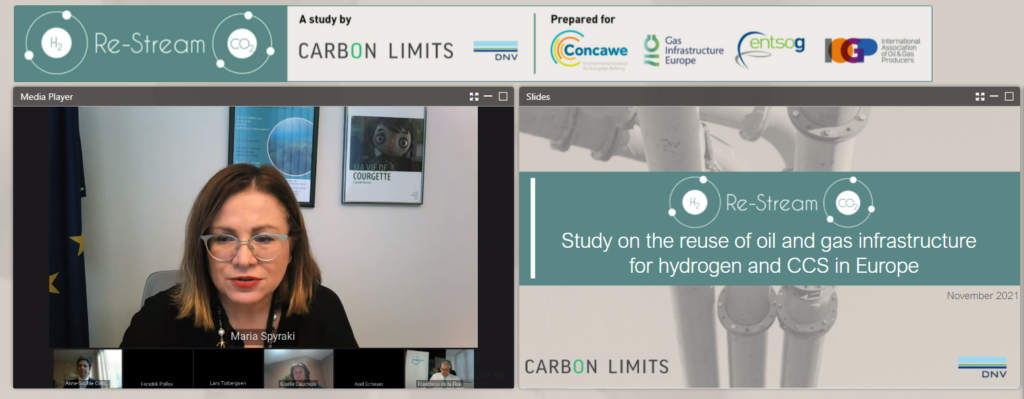Carbon Capture Use & Storage
To reach climate neutrality by 2050, the EU will need to manage residual emissions that cannot be tackled through electrification or energy efficiency.
We call for a European ambition on CO2 storage injection capacity availability, supported by an enabling policy framework.
Carbon Capture and Storage (CCS) is a proven, safe and reliable technology which the IPCC, IEA and European Commission consider key in most below -2°C scenarios.
It is used to capture the CO2 emitted by power or industrial plants, to then reutilize it or store it in deep underground rock formations typically below 1000 meters. Europe is well-placed to benefit from CCS thanks to industrial clusters, extensive pipeline infrastructure and geological storage potential.
Carbon Capture, Use, and Storage (CCUS) includes also the utilization of the CO2, putting Circular Economy principles into practice.
CCS involves three different processes:
Capture
Isolating the CO2 produced by industrial processes or power generation before it’s emitted to the atmosphere.
Transportation
Moving the captured CO2 by pipeline or ship to a secure storage site.
Storage
Injecting the CO2 into carefully selected and managed naturally-formed underground
storage sites.
Proven
CCS is a proven technology and is essential to meet the Paris Agreement goals: globally, there are 30 commercially operating CCS facilities. (Global CCS institute, Global Status of CCS 2022)
Safe
The risks of leakage are extremely low, with an estimated 99% containment over 1000 years.
Where can CCS Make a difference?
Emission cuts in industrial processes where mitigation potential is high, like steel, cement/lime, chemicals, and refining
Low-carbon, flexible electricity from gas-fired power plants with CCS to complement an energy system with a growing share of variable renewables
Large-scale production of hydrogen from natural gas with CCS, providing clean energy for industry, power, transport and heating
CCS technology can be applied to decarbonize natural gas:
Pre-combustion: producing low-carbon hydrogen by reforming natural gas and storing the CO2
Post-combustion: by capturing and storing the CO2 emitted by gas processing or power plants
CCS can also enable negative emissions when combined with bioenergy (biomass or biogas combustion).
It is a cost-effective and key technology to safeguard existing industrial activity, jobs and growth while decarbonizing economic activity to meet the EU climate objectives.
A European ambition for CCUS
IOGP Europe promotes a non-binding ambition to help frame and guide the CCUS stakeholder-policymaker dialogue on the EU policy framework needed to deploy CCUS at scale.
Ambition level of 0.5 to 1.0 GtCO2 storage availability per year by 2050
Scope covering
EU, EEA and the UK
Requires a
comprehensive EU policy framework
